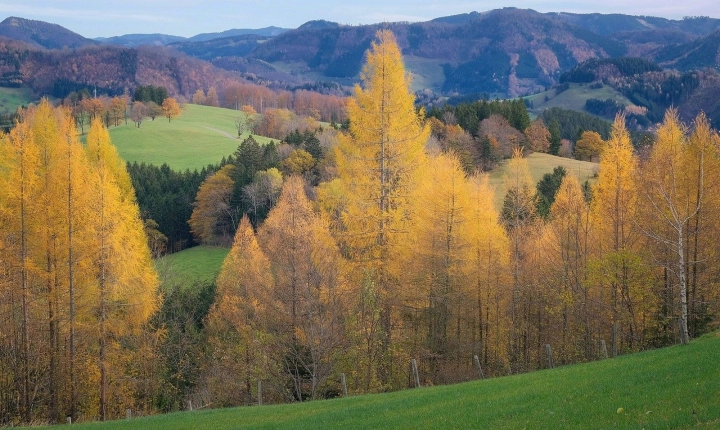Title: Can GPT-3 Create Videos? Exploring the Potential of AI in Video Creation
In recent years, artificial intelligence (AI) has made significant advancements in various fields, from natural language processing to image recognition. One of the most intriguing developments in AI is its ability to generate human-like text, thanks to models like GPT-3. However, can AI take its creativity to the next level and create videos? This article aims to explore the potential of AI in video creation, particularly the capabilities of chatGPT and its potential impact on various industries.
First, let’s understand the basics of chatGPT and how it differs from traditional video creation tools. GPT-3, developed by OpenAI, stands for “Generative Pre-trained Transformer 3” and is a language-based AI model trained on a diverse range of internet text. It can understand and generate human-like text based on the input it receives. ChatGPT, a variant of GPT-3, is specifically designed to excel in conversational interactions, leading to more engaging and contextually-aware conversations.
While chatGPT cannot directly create videos in the traditional sense, it can play a crucial role in the video creation process. For example, chatGPT can be used to generate scripts for videos, thereby streamlining the content creation process. By providing a prompt or a description of the desired video, chatGPT can generate a detailed script, including dialogues, scene descriptions, and narrative arcs. This can be incredibly valuable for content creators, as it can serve as an initial blueprint for their video production.
Moreover, chatGPT can assist in the pre-production phase of video creation by helping with brainstorming ideas, developing character profiles, and crafting engaging storylines. Content creators can leverage chatGPT’s language generation capabilities to explore various creative possibilities and refine their concepts before committing to production. This can save time and resources by facilitating efficient ideation and planning.
Additionally, chatGPT can contribute to the post-production phase by providing voiceover texts, subtitles, and even video descriptions. This can enhance accessibility and reach a broader audience by making video content more inclusive and engaging. By generating accurate and engaging text-based content, chatGPT can aid in creating compelling video narratives and augment the overall impact of the video.
Beyond its application in content creation, chatGPT’s potential in creating videos also extends to personalized video messages and user-generated content. With its conversational capabilities, chatGPT can generate personalized video scripts, greetings, or messages tailored to individual recipients. This has implications for marketing, customer engagement, and personalized communication in various domains.
However, despite its promising potential, it’s important to acknowledge that chatGPT’s ability to create videos still has limitations. While it can generate text-based content for video creation, the execution and production of the actual video involve additional technical and creative elements that require human intervention. Factors such as videography, editing, sound design, and visual effects cannot be solely handled by AI at this stage.
Nevertheless, the emergence of AI, particularly chatGPT, in video creation presents exciting opportunities for industries such as marketing, entertainment, education, and communication. As AI continues to advance, it is likely that we will see further integration of AI technologies in various stages of video creation, ultimately transforming the way we produce and consume visual content.
In conclusion, while chatGPT cannot directly create videos, its language generation capabilities can significantly impact the video creation process by assisting in scripting, ideation, and post-production tasks. As AI continues to evolve, it is conceivable that AI-powered tools will play an increasingly essential role in video creation, offering new possibilities for creativity, efficiency, and personalization. The potential of chatGPT in video creation reflects the broader trend of AI’s expanding influence across diverse creative domains, signaling a promising future for the intersection of AI and visual storytelling.
